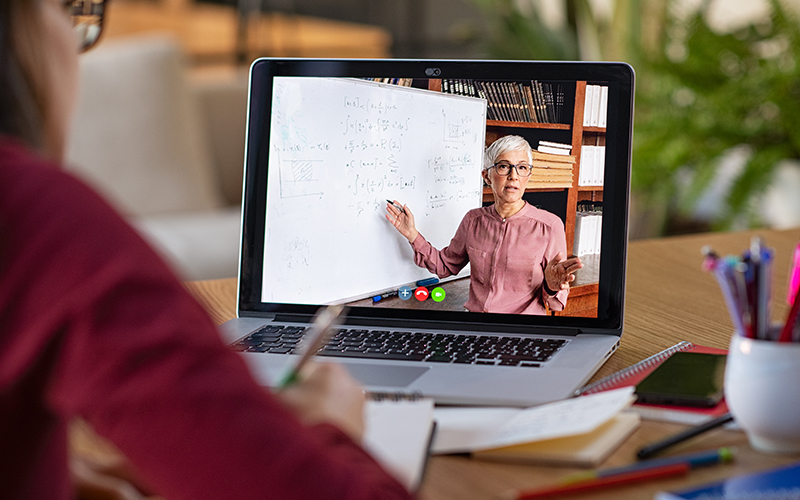
As colleges and universities prepare for the fall, a new framework for digital learning takes place in a rapidly changing education landscape.
As higher education leaders prepare for what remains an undefined fall semester, they face a whirlwind of decisions. With Centers for Disease Control and Prevention guidelines on reopening changing seemingly every day, so do the on- and off-campus procedures for colleges across the nation. As a result, colleges and universities are depending on collaboration technologies to keep their students and faculty connected safely through the unforeseeable future of the global health crisis.
When universities reopen, physical classrooms will look a lot different. Moving forward, group study areas need to be reconfigured and repurposed for social distancing. Colleges and universities need to set up classrooms with video and audio technology to allow communication between remote students and faculty.
To achieve this, the future of higher education must embrace a thorough digital transformation strategy.
COVID-19 has taught us that classes must extend beyond the four walls of a traditional classroom. Allowing students and professors the flexibility to choose between remote or in-person learning is the new norm. And higher education will need certain technologies to make this possible.
By investing in reliable collaboration technologies that can support a seamless transition to hybrid classrooms, many postsecondary education decision-makers have already begun preparing for this new form of learning and teaching.
These decision-makers understand that faculty must be able to move fluidly between remote and in-person teaching to stay productive. And it is precisely collaboration technologies that can sustain this transition — by replicating the in-person experience through video display technology, and vice versa.
Interactive displays are particularly useful because they provide touch-screen capabilities and integration with popular videoconferencing software such as Zoom and Microsoft Teams. This allows educators and students to easily connect and share ideas from wherever they are. These displays also allow students and instructors to share real-time, cloud-based annotations with everyone in a class or study group.
Whether a seminar is happening in a lecture hall or from hundreds of different at-home or in-dorm setups, students need to easily access videoconferencing and learning management software.
Having software and hardware designed to bring in-person and remote classmates together is critical to ensuring learning success and productivity.
More than anything, the pandemic has sped up higher education’s digital transformation. Colleges and universities are finding new ways to enable faculty and students to teach and learn from afar, implementing educational technologies that support collaboration and updating policies to support a more flexible learning experience.
Original article from EdTech Magazine
Keep up to date with all the latest from Avocor and partners and get information on upcoming events and exciting product news.
Speak to one of our product specialists and find the perfect solution for you.